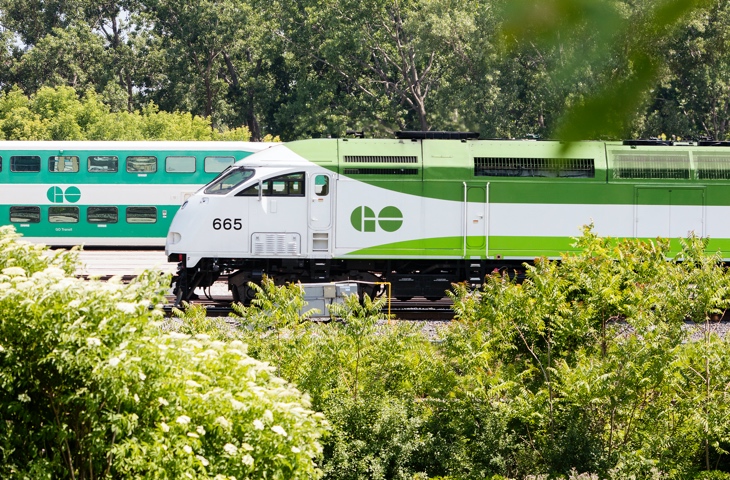tayser
Active Member
Now that hydrogen is out of the picture, what do YOU guys think is the best answer? For myself it's obviously battery because I can't think of a single advantage catenary has over catenary battery. I am also on the record for single level EMU and think double level would be a ghastly mistake.
So, instead of just bitching at me, what do YOU propose for RER in terms of both technology and train types and why?
Here's one: EMUs without batteries (or more to the point: EMUs where they're not/won't be drawing on an onboard energy source for a significant amount of time - EMUs in general already all have batteries on board [for other purposes]) are/will be lighter and therefore there will be, over time, have less impact on tracks/other railway infrastructure, lowering the maintenance impacts & cost, and likely will have improved accel/deccel performance.





